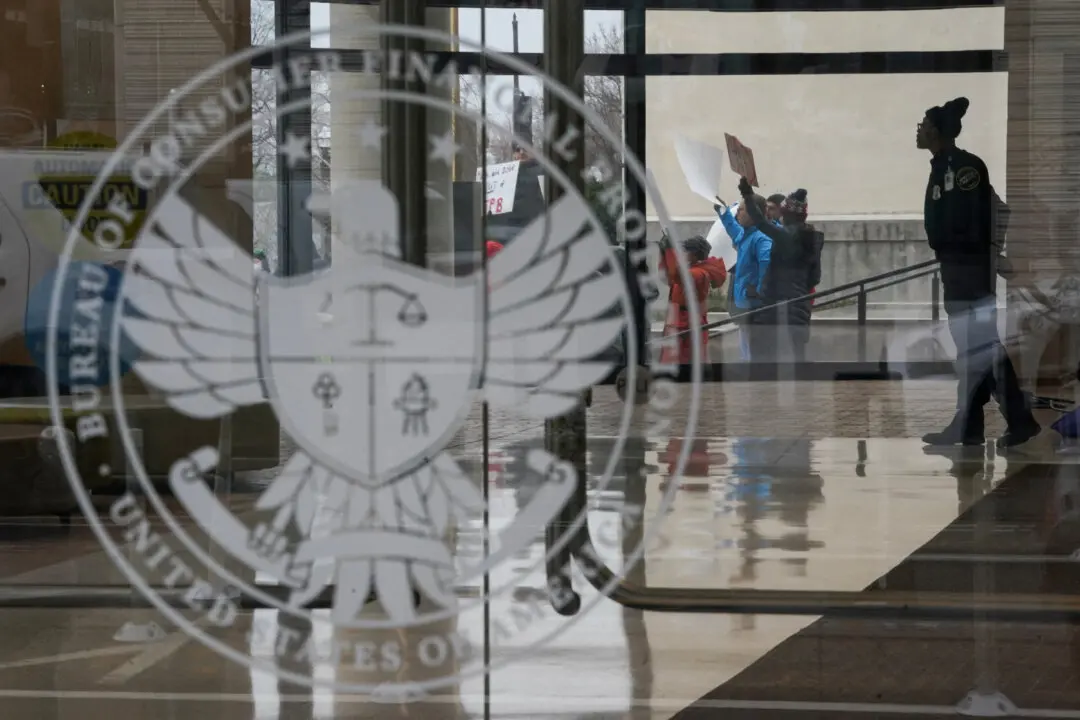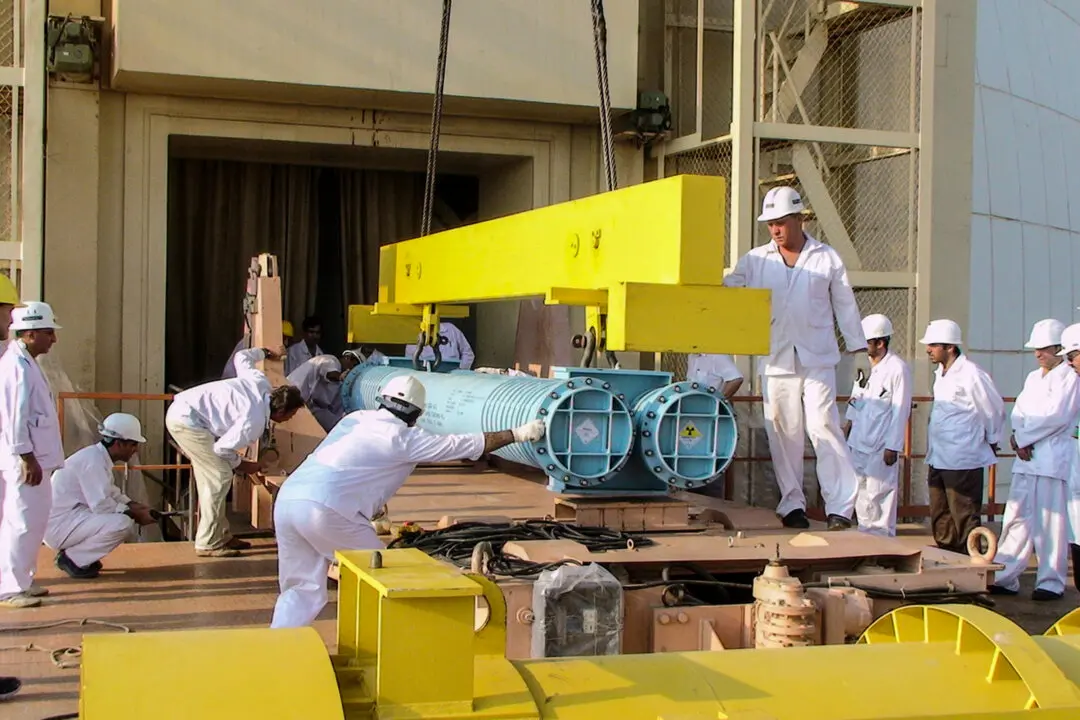A Silicon Valley reservoir must be drained because its dam could break during a major earthquake and flood numerous towns and cities in the San Francisco Bay area.
The risk posed by the dam on the Anderson River in Santa Clara County is too great, said the Federal Energy Regulatory Commission (FERC), which said the lake has to be drained by Oct. 1.





